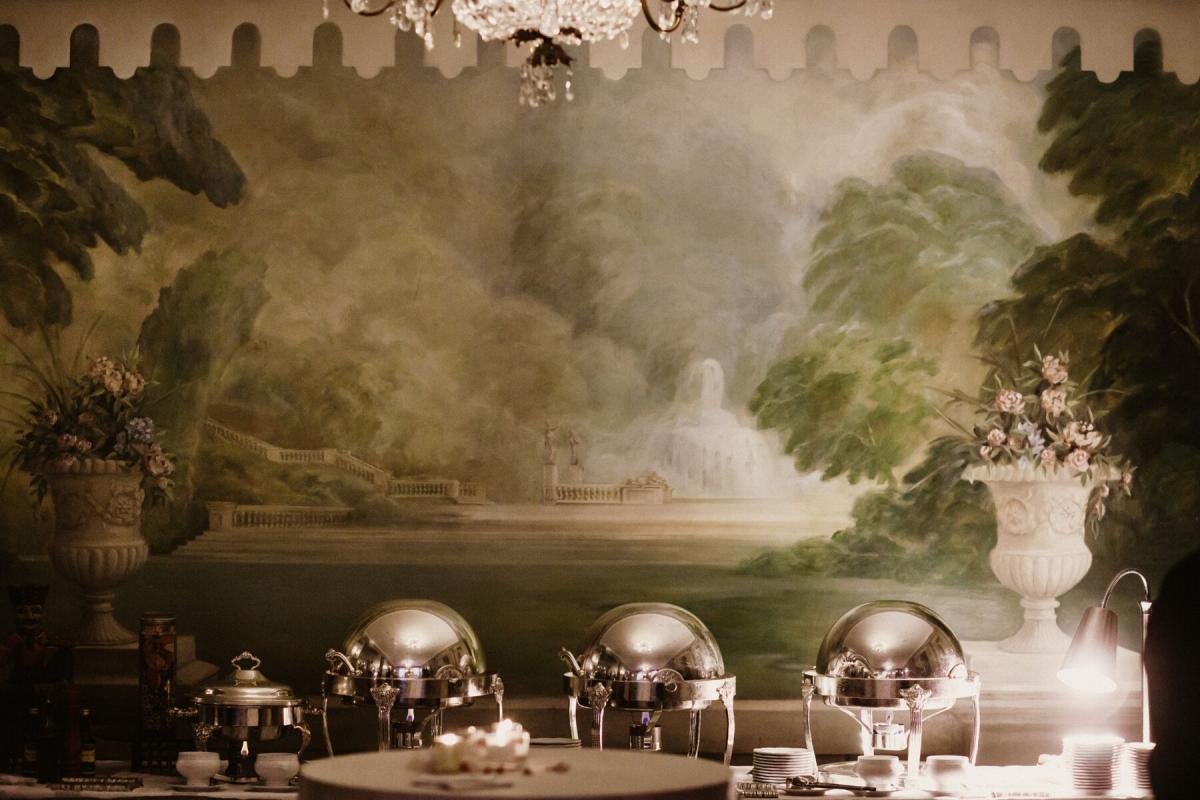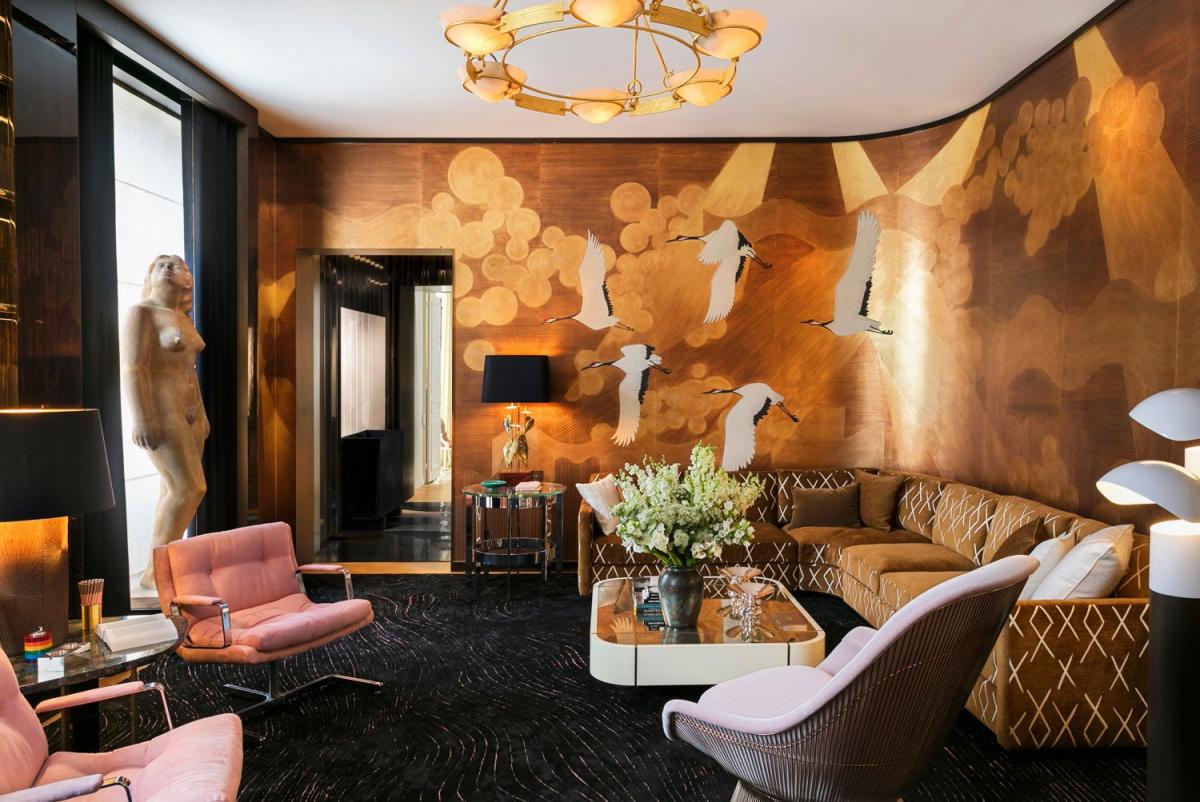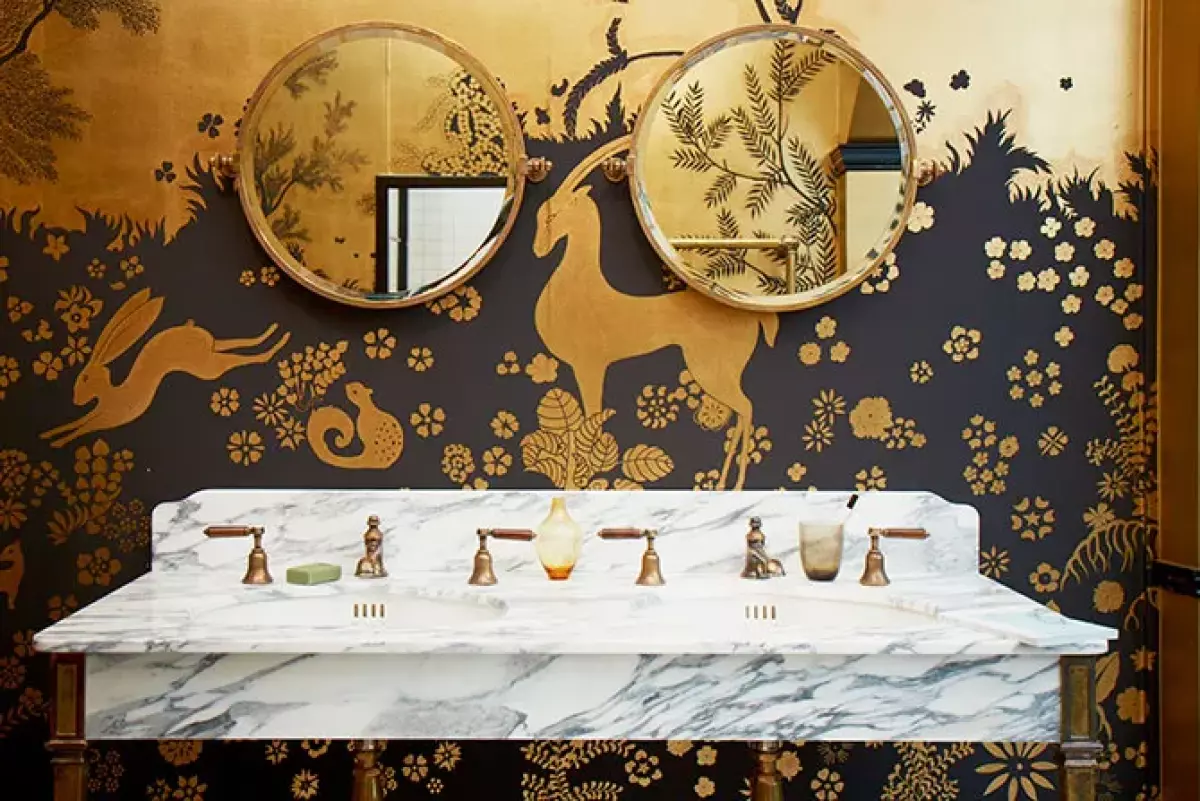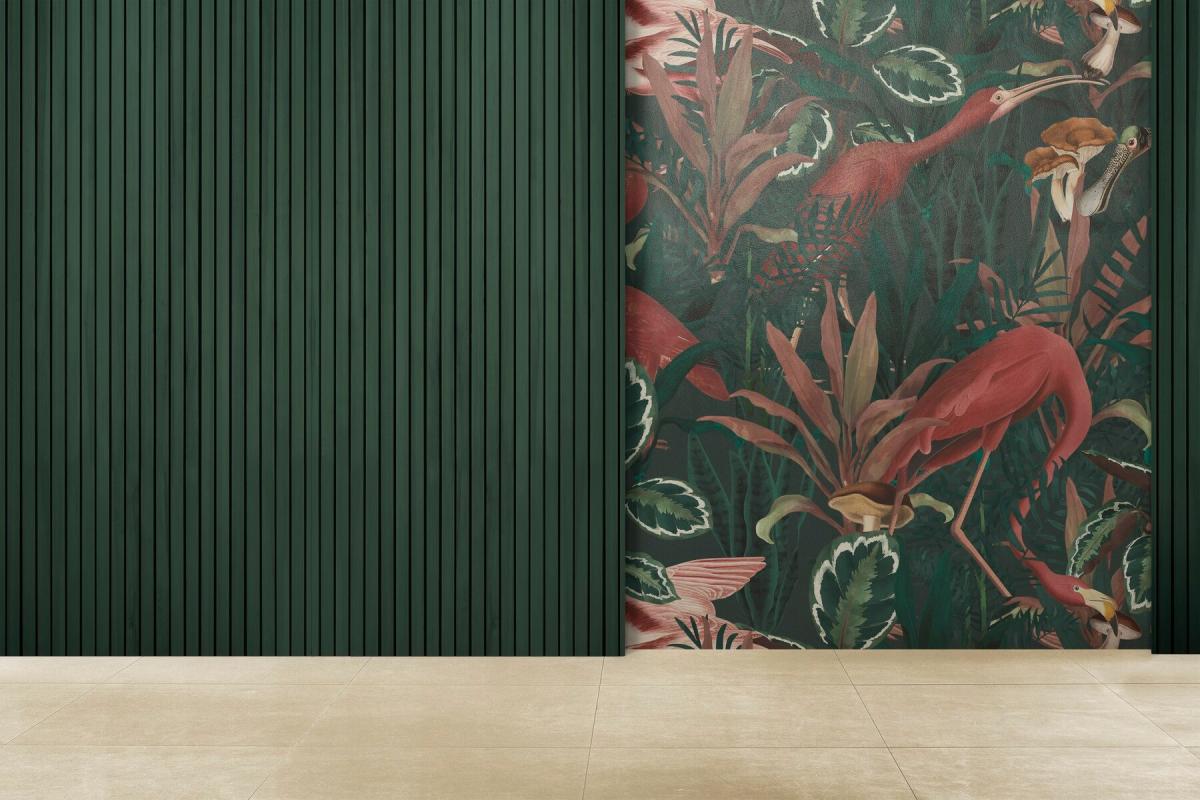





Few design elements carry the enduring charm and cultural depth of antique wallpapers. These intricate, handcrafted creations are more than just decorative—they are rich narratives, reflecting the artistic tastes, technological advances, and cultural exchanges of their time. From the ornate, hand-painted Chinese panels of the 18th century to the opulent designs of the early 20th century, antique wallpapers continue to captivate designers and homeowners alike, finding fresh relevance in modern interiors.
Antique wallpapers often originated during periods when walls were treated as canvases for art and storytelling. In the 18th and 19th centuries, wallpapers were designed with extraordinary attention to detail, showcasing intricate florals, exotic landscapes, and narrative scenes. Hand-painted Chinese wallpapers, for instance, were highly sought after in Europe during the Chinoiserie movement, offering a taste of the East’s exotic allure. These wallpapers often depicted lush gardens, birds, and delicate human figures, creating an immersive visual experience that elevated the homes of the wealthy.
Similarly, European manufacturers like Zuber and Dufour crafted panoramic wallpapers that told grand stories, from idyllic pastoral scenes to historical battles. These large-scale designs were painstakingly created using woodblock printing techniques, demonstrating the craftsmanship and artistic sophistication of the era.
The early 20th century, particularly the 1900s and 1920s, was a defining period for wallpaper design. With the Industrial Revolution and advancements in printing technology, wallpaper became more widely accessible, while maintaining its reputation as a luxury product in high society.
In the 1900s, the Arts and Crafts movement influenced wallpaper design, emphasizing intricate patterns inspired by nature, often printed by hand. Designers like William Morris created wallpapers that celebrated craftsmanship and quality, with motifs featuring flowers, vines, and birds. These designs became staples in Victorian and Edwardian interiors, adding warmth and sophistication to drawing rooms and libraries.
By the 1920s, the Art Deco movement brought a bold, geometric flair to wallpapers. Metallic finishes, exotic motifs, and stylized patterns reflected the opulence and modernity of the Jazz Age. Wallpapers during this period were often used to create a sense of drama and luxury in urban apartments and grand homes. Iconic Art Deco wallpapers added character to dining rooms, entry halls, and even bathrooms, making them a key design element of the time.
Today, antique wallpapers are experiencing a resurgence in popularity as designers and homeowners seek ways to incorporate historical elegance into contemporary spaces. Original antique wallpapers, when preserved, can serve as dramatic focal points in a room, adding depth, texture, and a sense of history.
In contemporary interiors, antique wallpapers are being rediscovered as versatile and impactful design elements, that are often paired with contemporary furniture and minimalist architecture to create striking contrasts. The result is a perfect blend of old and new—a space that feels both timeless and modern.
Here are a few innovative ways antique wallpapers are being implemented today:
1. Accent Walls: A single wall adorned with antique wallpaper serves as a dramatic focal point, adding depth and texture to otherwise minimalist spaces.
2. Framed Wallpaper Panels: For those who want to preserve antique wallpapers as art, framing panels or fragments is a popular option. These framed pieces can be arranged gallery-style or used as standalone art.
3. Layered Aesthetics: Designers often pair historic wallpaper designs with sleek, modern furniture and industrial finishes to create an eclectic look that bridges past and present.
4. Decorative Ceilings: Antique wallpapers are increasingly being used on ceilings to add unexpected visual interest and elevate a room’s design.
5. Small Spaces: Powder rooms, entryways, and alcoves are ideal for incorporating bold antique patterns without overwhelming the space.
In addition, wallpapers from the 1920s Art Deco era work beautifully in contemporary urban apartments, where their geometric patterns and metallic accents complement modern architecture. Meanwhile, softer, nature-inspired designs from the Arts and Crafts movement are ideal for creating serene and inviting spaces in rural or suburban homes.
For collectors and enthusiasts, sourcing original antique wallpapers is both an art and a treasure hunt. Auction houses like Christie’s are excellent sources, often offering fragments or full panels of historic wallpapers, including rare hand-painted pieces and iconic designs from renowned manufacturers. Additionally, antique dealers and specialty shops focus on preserving and selling historic wallpapers, often with detailed provenance records.
For those unable to source originals, luxury wallpaper brands like de Gournay, Zuber, and Brunschwig & Fils recreate antique designs using hand-painted or modern techniques, allowing homeowners to capture the opulence and historical elegance of the past while maintaining the convenience and durability needed in today’s homes. These brands often draw from archives of original patterns, ensuring historical accuracy in their reproductions.
Antique wallpapers are more than decorative elements—they are cultural artifacts that tell stories of craftsmanship, design trends, and societal values across centuries. Their ability to blend history with contemporary design makes them an enduring choice for those seeking to add character and depth to their homes.
Whether sourced as originals from auction houses like Christie’s, reproduced by luxury brands, or reimagined through creative installations, antique wallpapers continue to inspire and elevate modern interiors. By bringing a touch of history into today’s spaces, they remind us that great design transcends time and trends, connecting us to the artistry of the past while shaping the aesthetics of the future.
Photos: Architectural Digest, House Beautiful, Galerie Magazine, Wallvy, Hovia